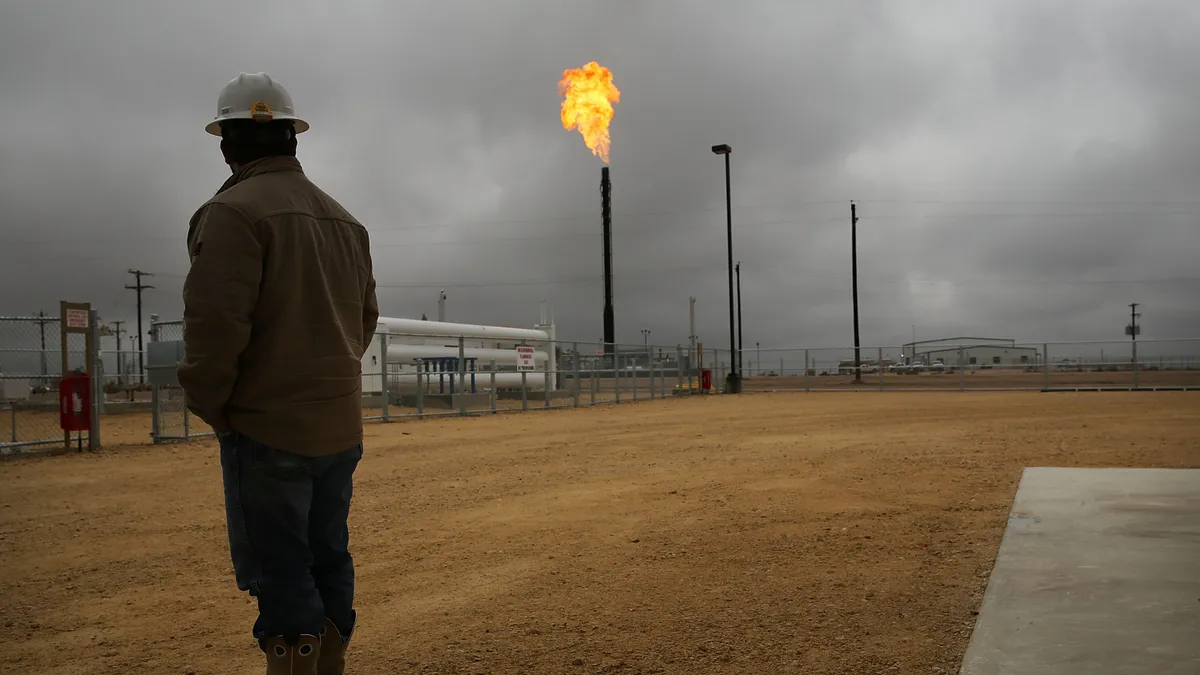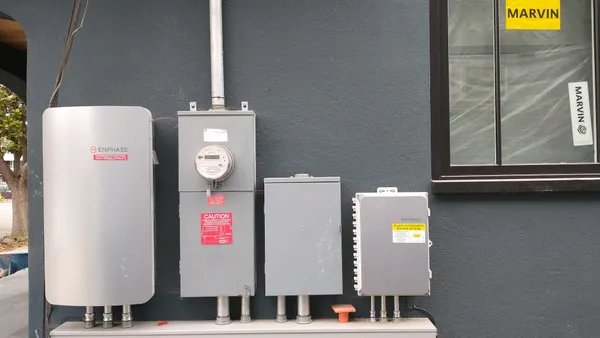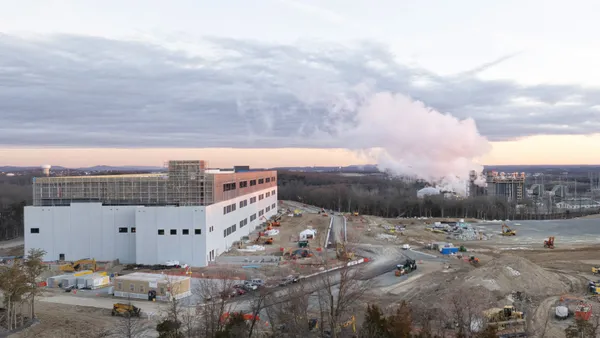Dive Brief:
- Electric vehicles, HVAC systems and other grid-connected distributed energy resources could provide New York with 8.5 GW of cost-effective grid flexibility by 2040, Brattle Group said last month in a report prepared for the New York Department of Public Service and the New York State Energy Research and Development Authority.
- The report estimates New York’s grid flexibility potential in a world where it achieves its statutory mandate for 100% zero-emissions power generation by 2040 and has electrified 60% of heating systems, 6.4 million EVs on the road and more than 2 GW of behind-the-meter energy storage capacity.
- By 2040, grid flexibility could address approximately 25% of New York’s expected peak load “that is not served by renewable generation,” approaching the scale of other, utility-scale flexible resources, Brattle said. Technology adoption could impact total overall cost savings, however.
Dive Insight:
Brattle’s 8.5-GW estimate represents a nearly six-fold increase from New York’s present 1.4-GW grid flexibility capability and is higher than other recent 2040 flexibility potential estimates cited in the report. NYSERDA’s most recent integration analysis estimates 2040 flexibility potential between 2.3 GW and 3.5 GW, while PEAK Coalition’s October 2024 estimates range from 3.9 GW to 7.8 GW.
The discrepancy is largely due to the Brattle study including a broader range of technologies and grid flexibility options, the report said. The PEAK Coalition scenarios only include flexibility from EV charging and electric heating, while NYSERDA’s high-flexibility scenario omits behind-the-meter storage, vehicle-to-grid charging, time-varying rates and demand response from large commercial and industrial loads.
The findings offer “estimates of potential, not forecasts of what is most likely to happen in the future unless addressable barriers that currently limit grid flexibility expansion are overcome,” the report said.
Brattle’s estimate is sensitive to the pace of flexible resource adoption and to outstanding questions about the true flexibility potential of technologies like heat pumps, Brattle Group partner and report co-author Ryan Hledik said in an email.
“If end-uses like heat pumps and EVs are adopted at levels that are lower than the policy targets, all else equal, our estimates of grid flexibility potential would be lower,” Hledik said.
With regards to heat pumps’ flexibility potential, early studies cited in the report suggest the technology can play an important role on the grid but “more experimentation and deployment is needed to ensure that it will work at scale with a positive customer experience,” Hledik said.
And while New York will need “a lot of flexibility in order to reliably support the state’s clean energy goals,” the actual generation mix in 2040 could affect potential cost savings from grid flexibility, Hledik said.
The annual cost of avoided generation is expected to be greater than $200/kW on a fully decarbonized New York grid in 2040, per National Renewable Energy Laboratories data, with a hydrogen turbine as the marginal generator, Brattle said. Reducing the 2040 capacity cost by 50% lowers potential grid flexibility by just 15% in summer and 9% in winter, indicating “that the broad findings of this study are not dependent on capacity costs reaching $200/kW [per year],” it said.
“Even if New York’s power grid doesn’t evolve that dramatically, I still would expect our findings to hold at a fundamental level, though probably with a lower estimate of total overall cost savings,” Hledik said.
Because flexible resources are located at the grid edge, they have “a lot of different use cases … if it turns out that the system doesn't need as much resource adequacy as expected, grid flexibility could be used to provide distribution-level benefits, and vice versa,” he added.














